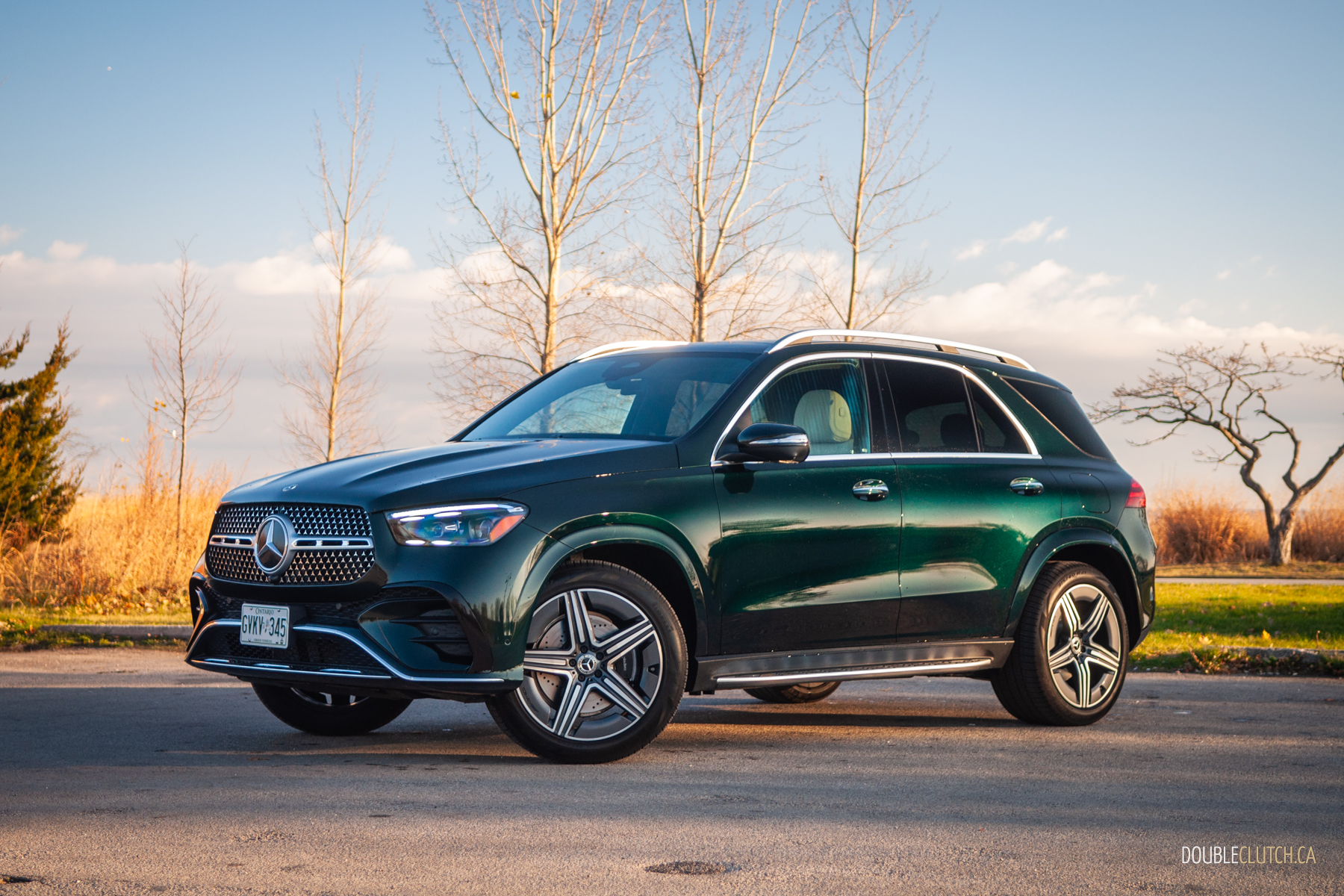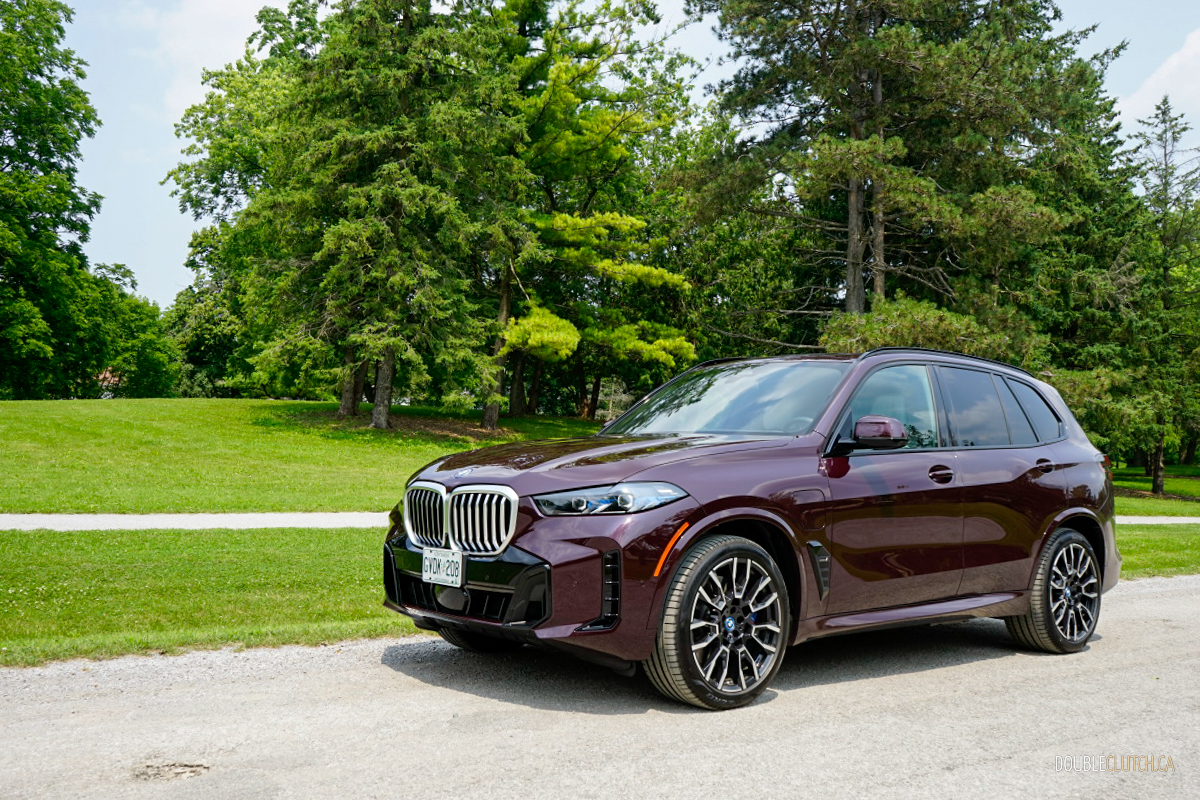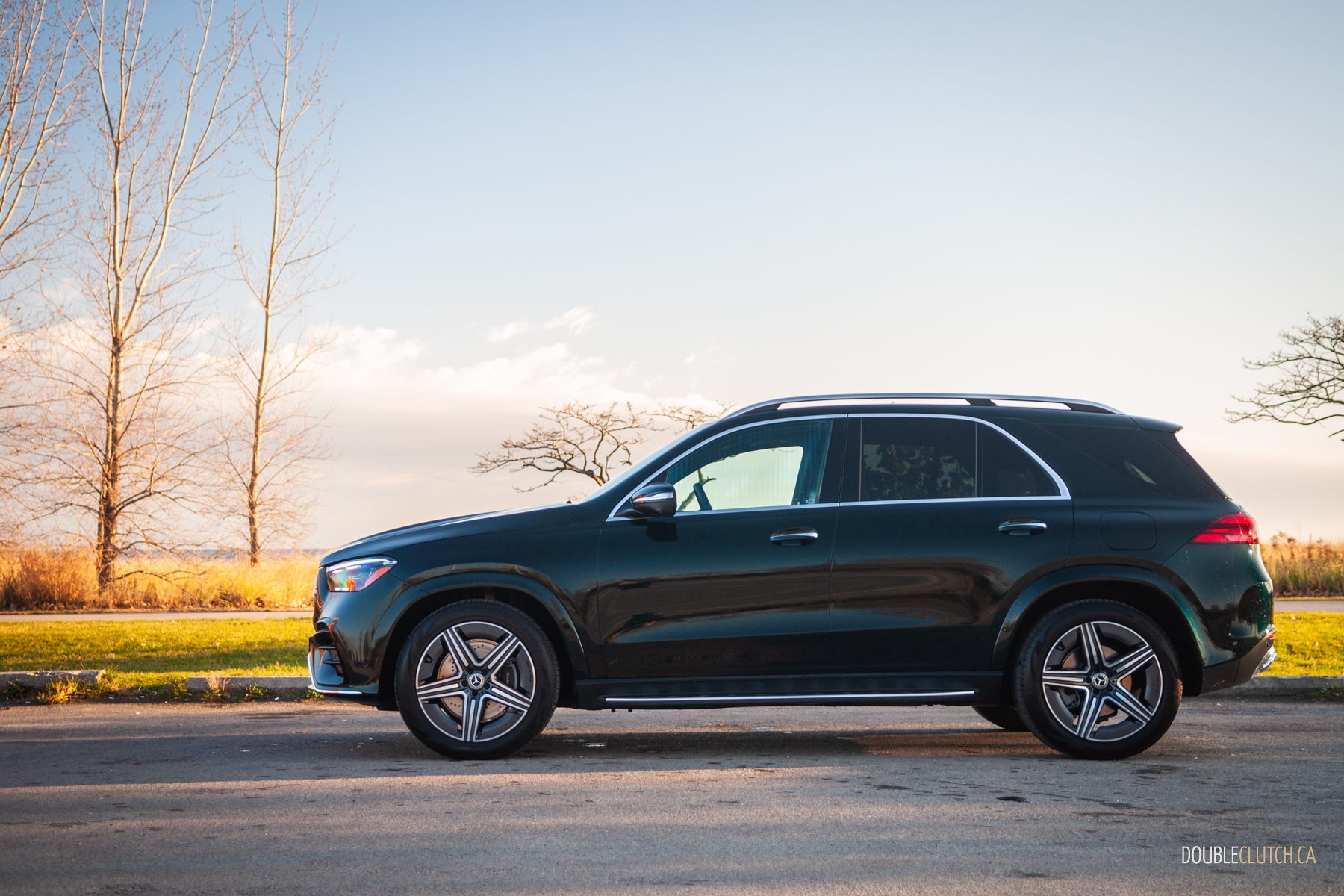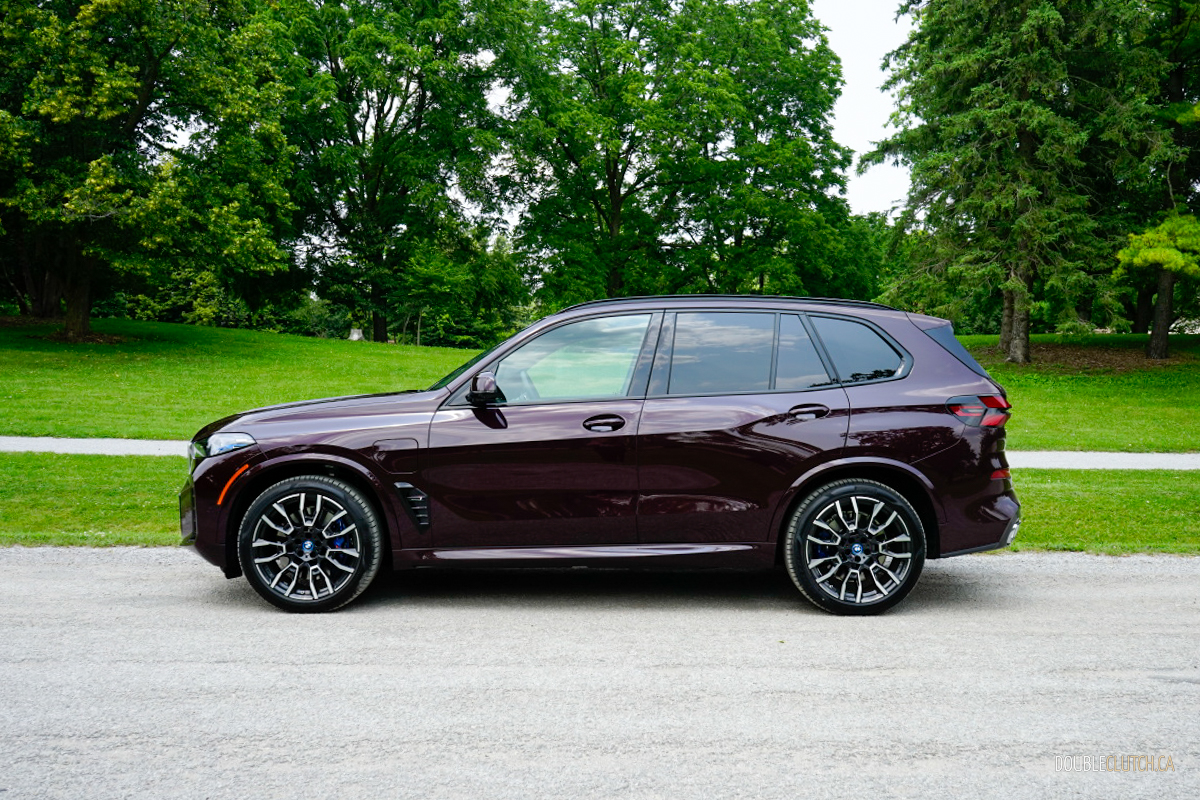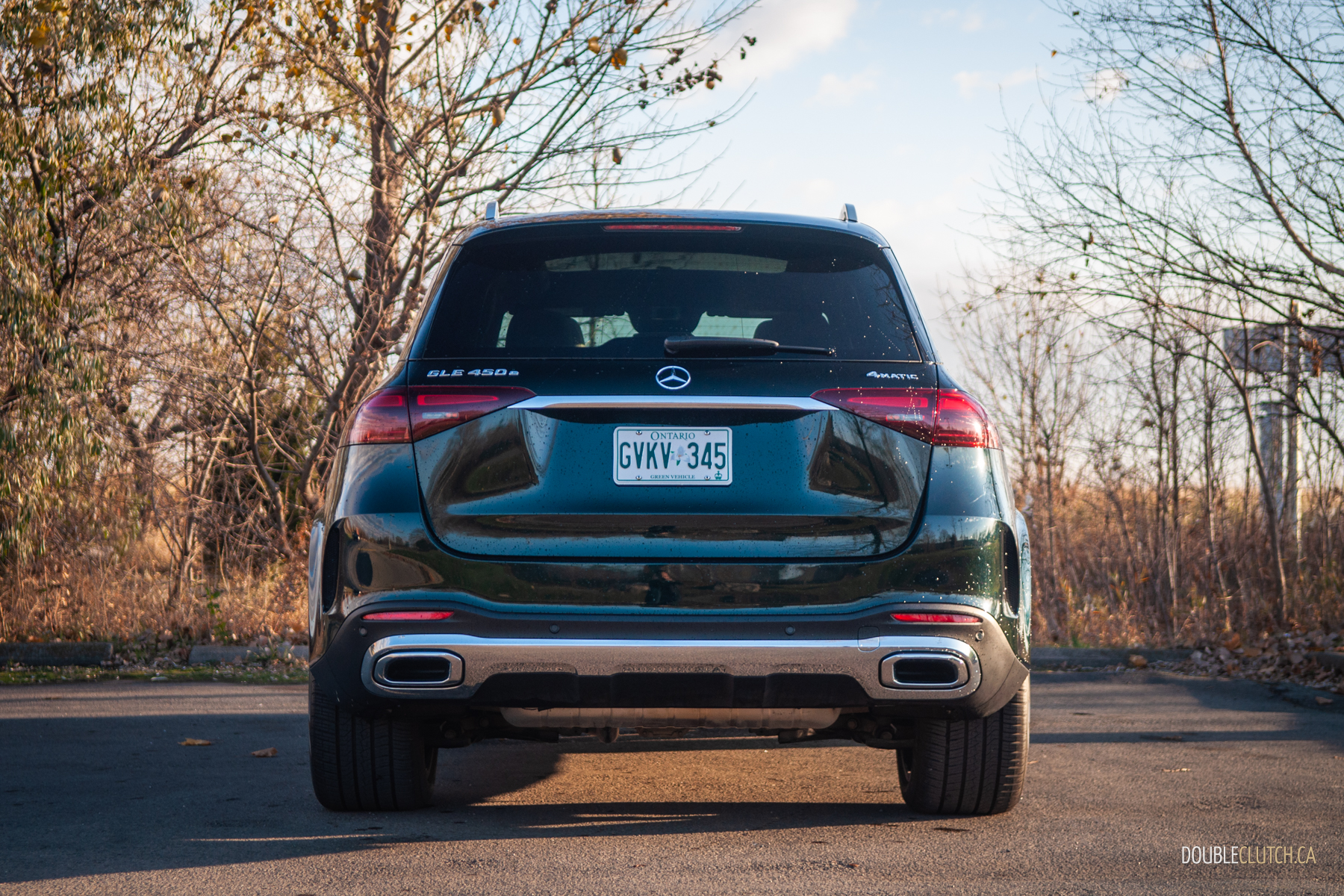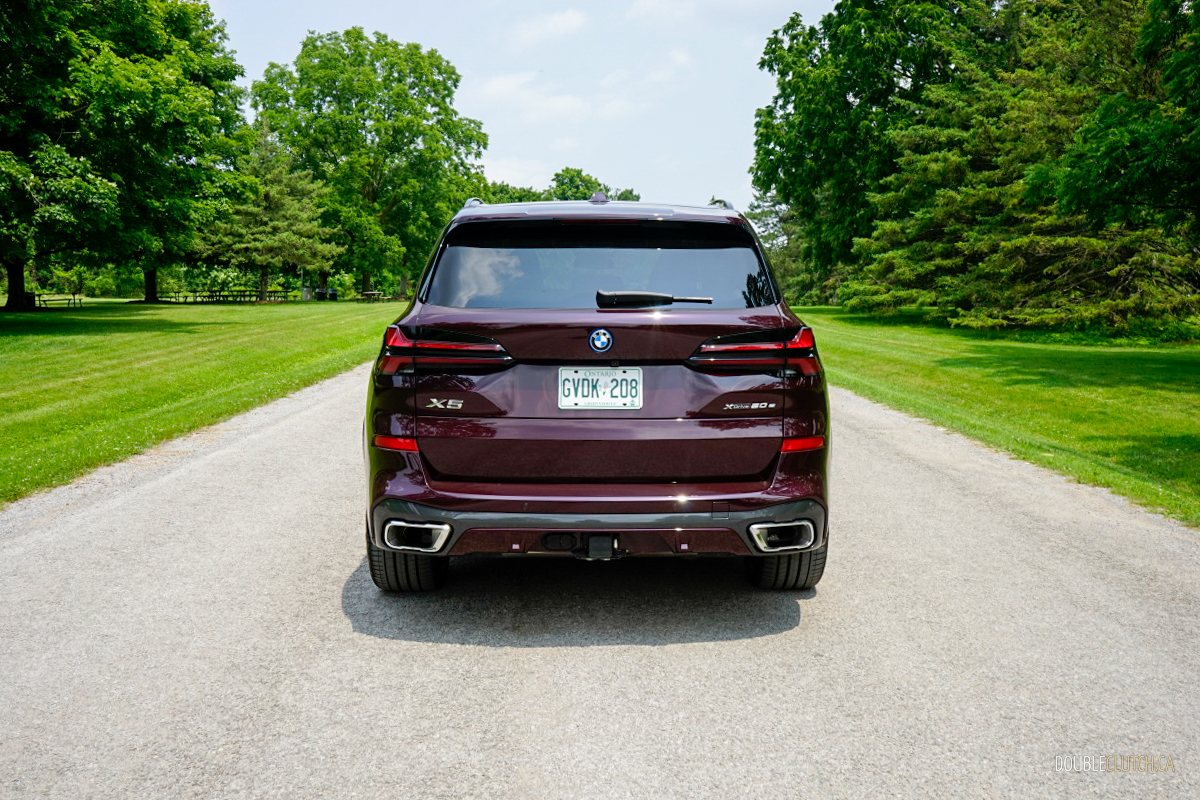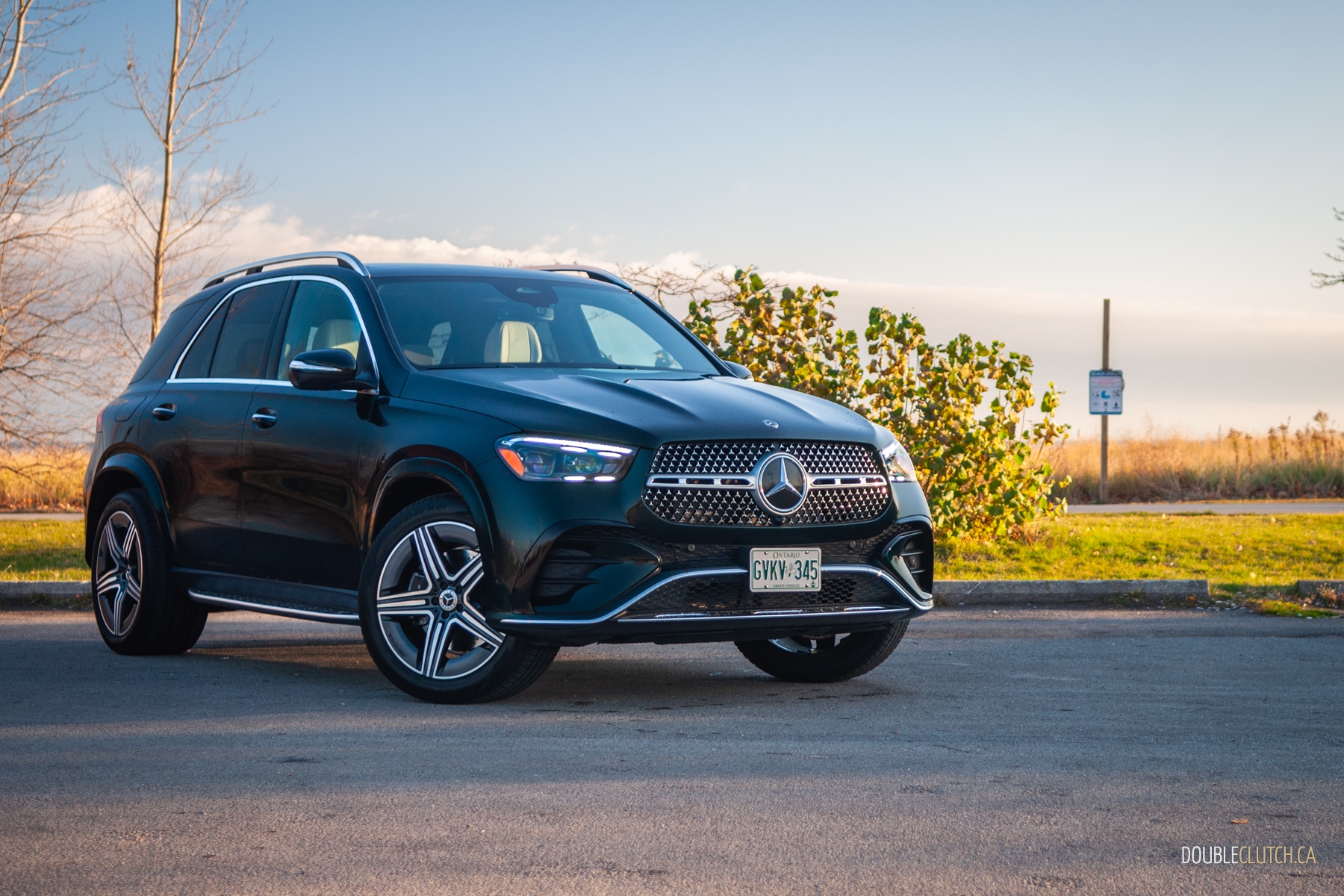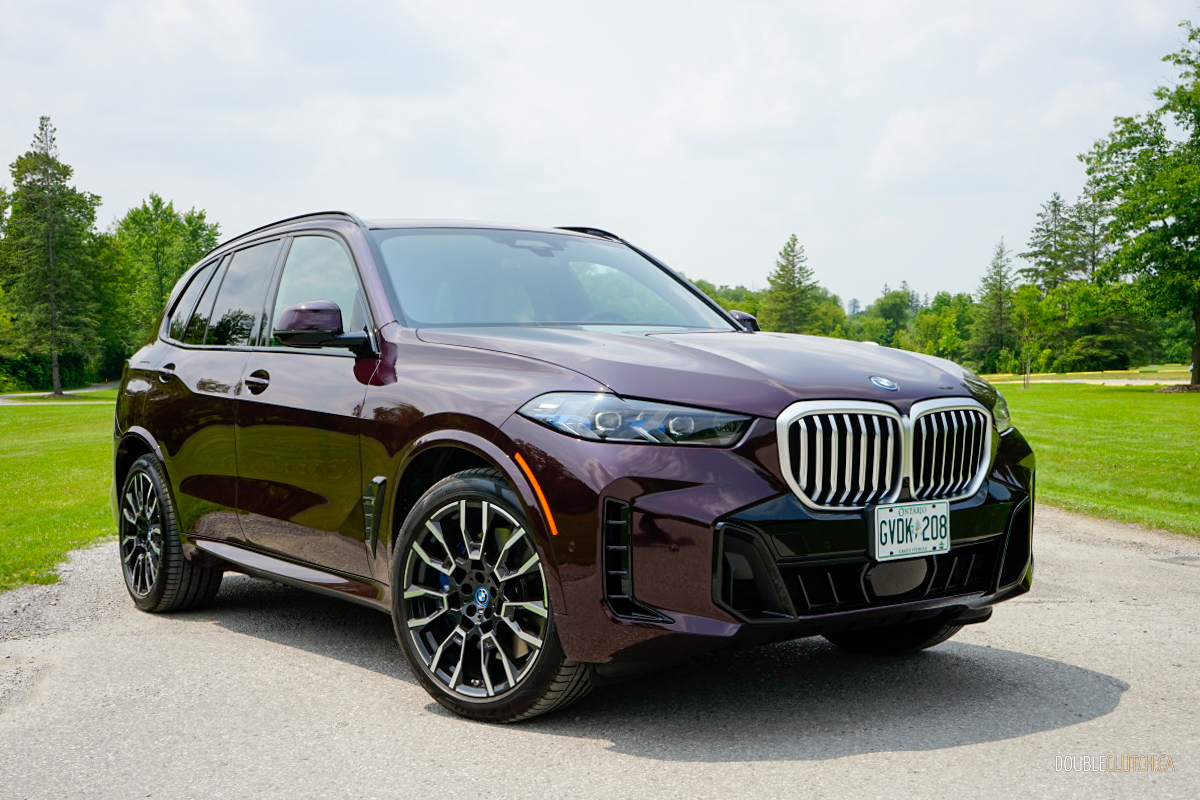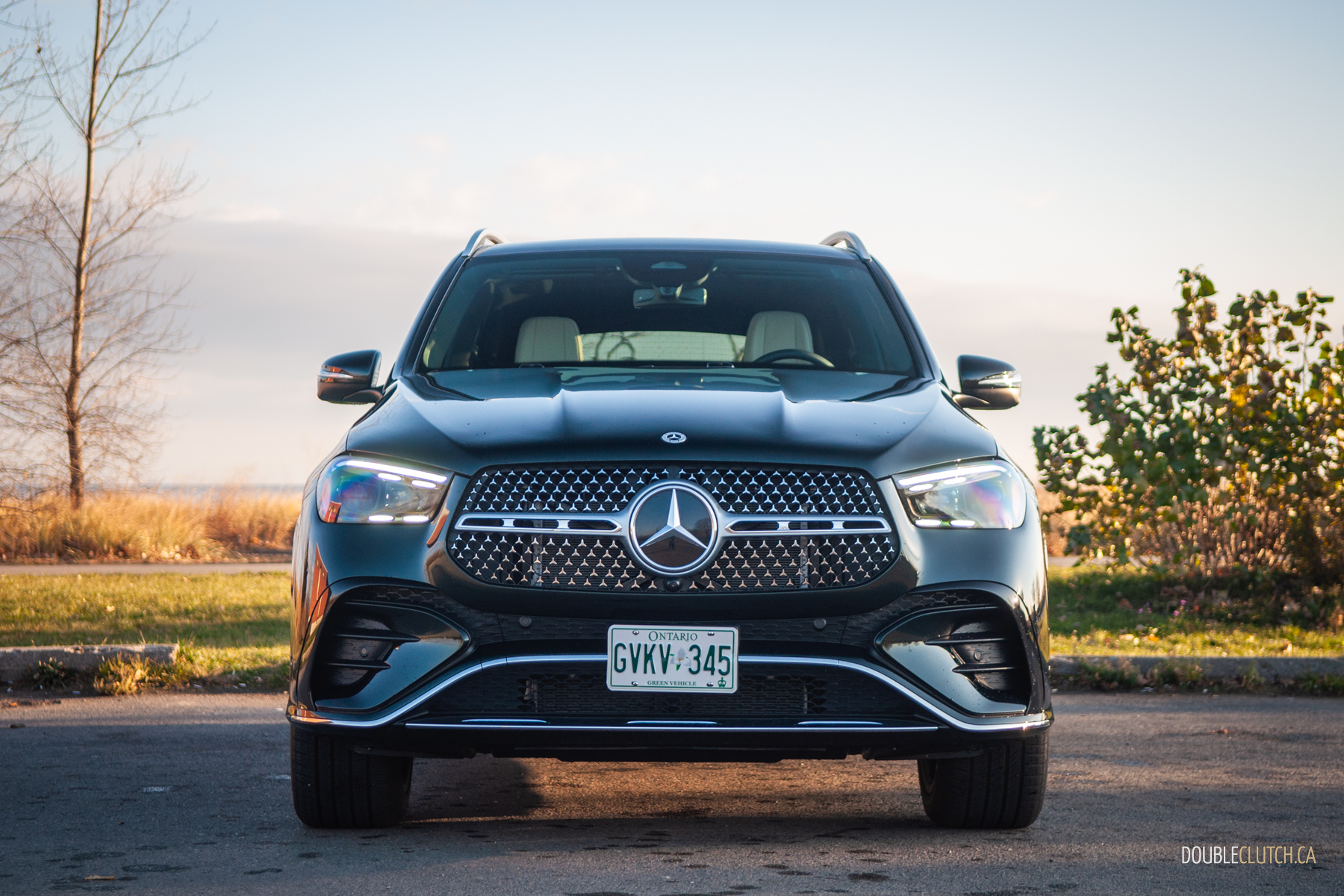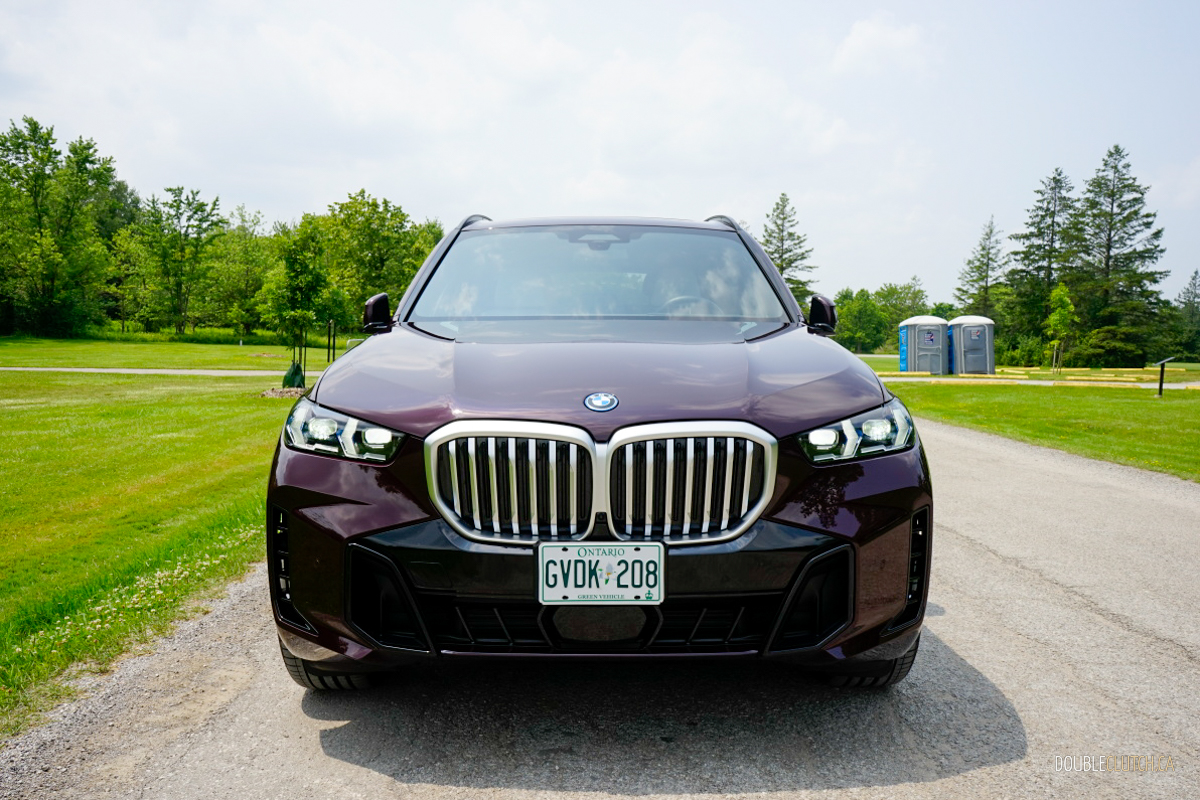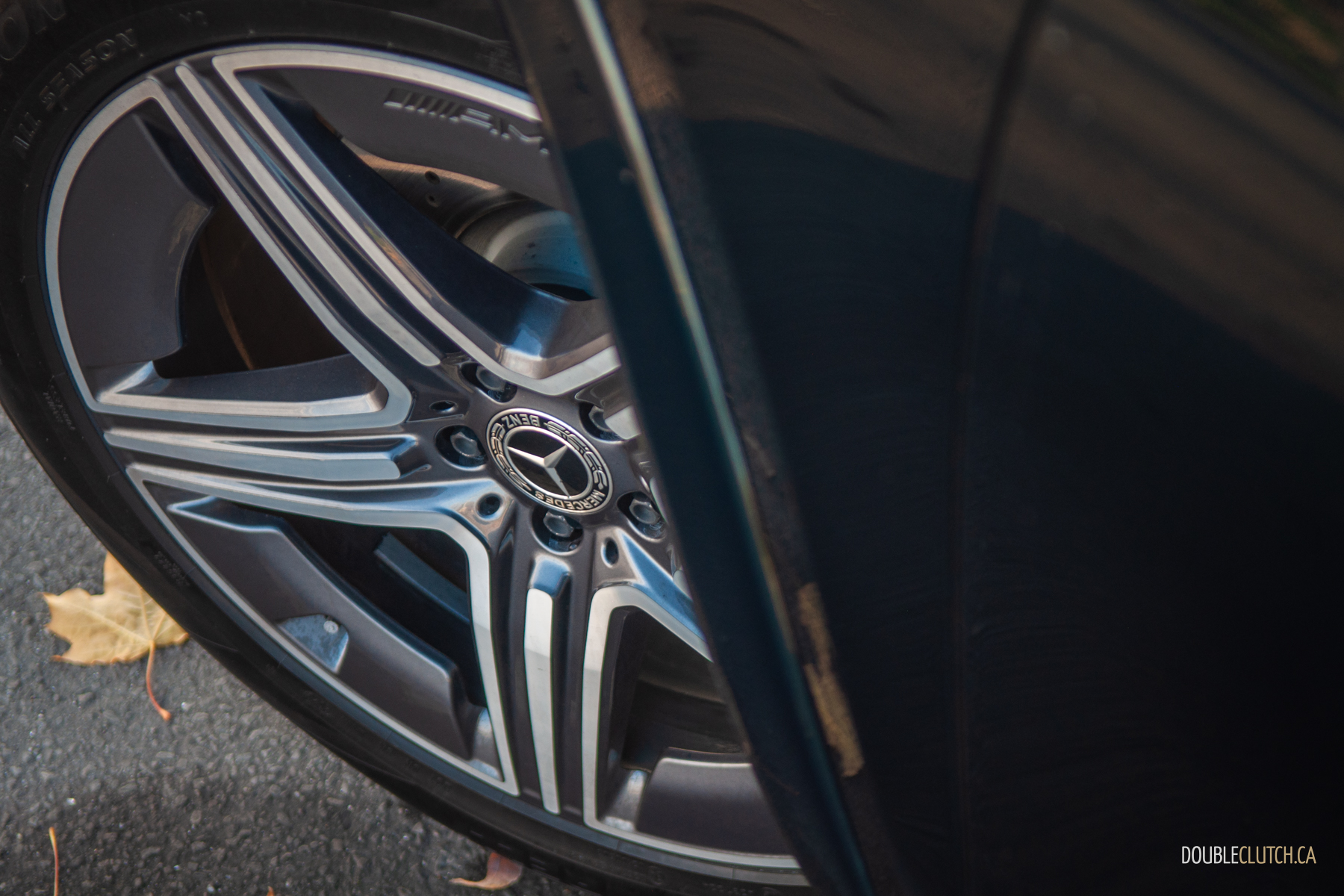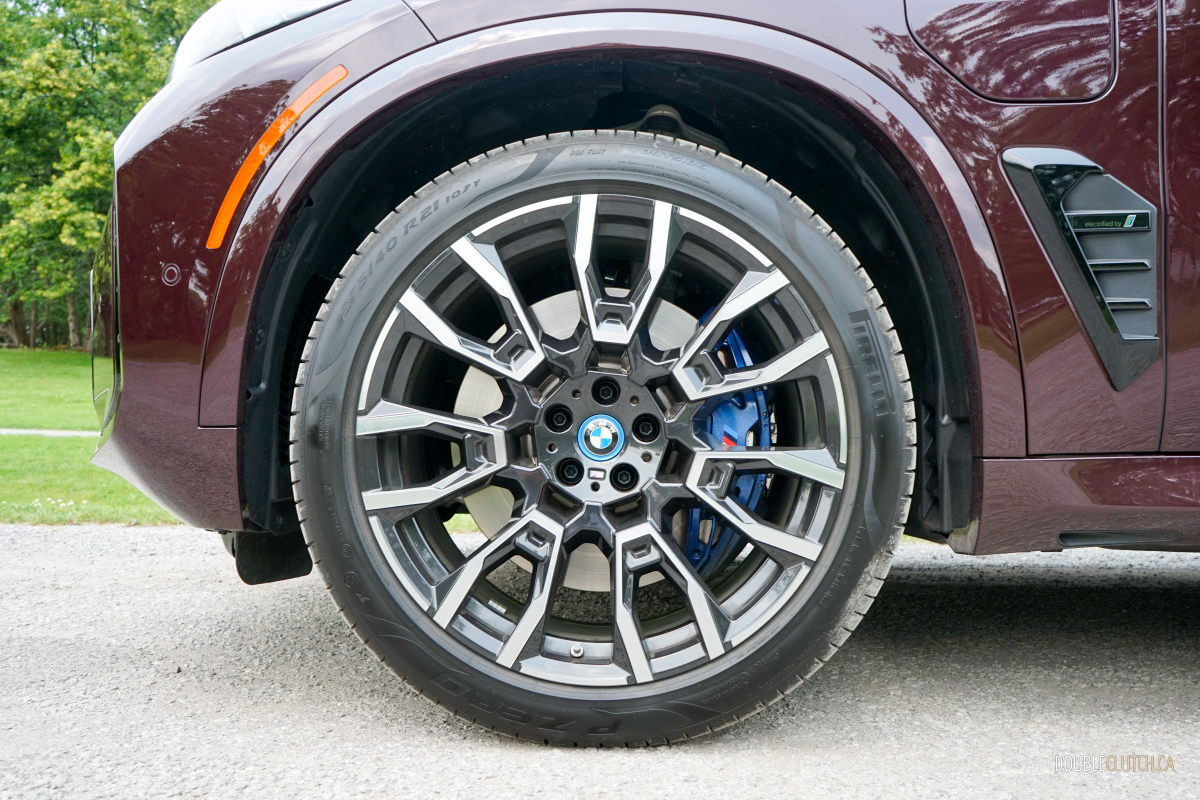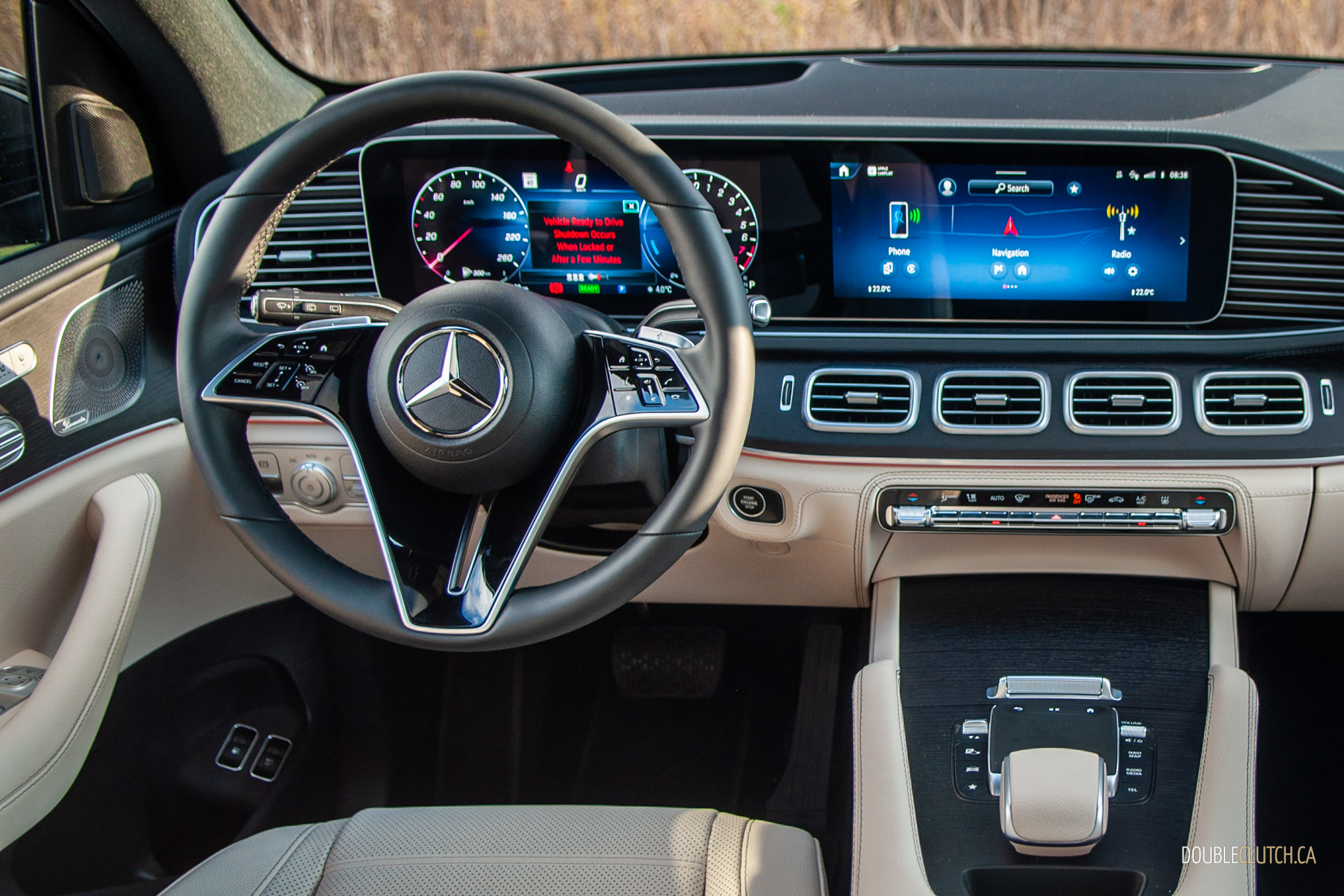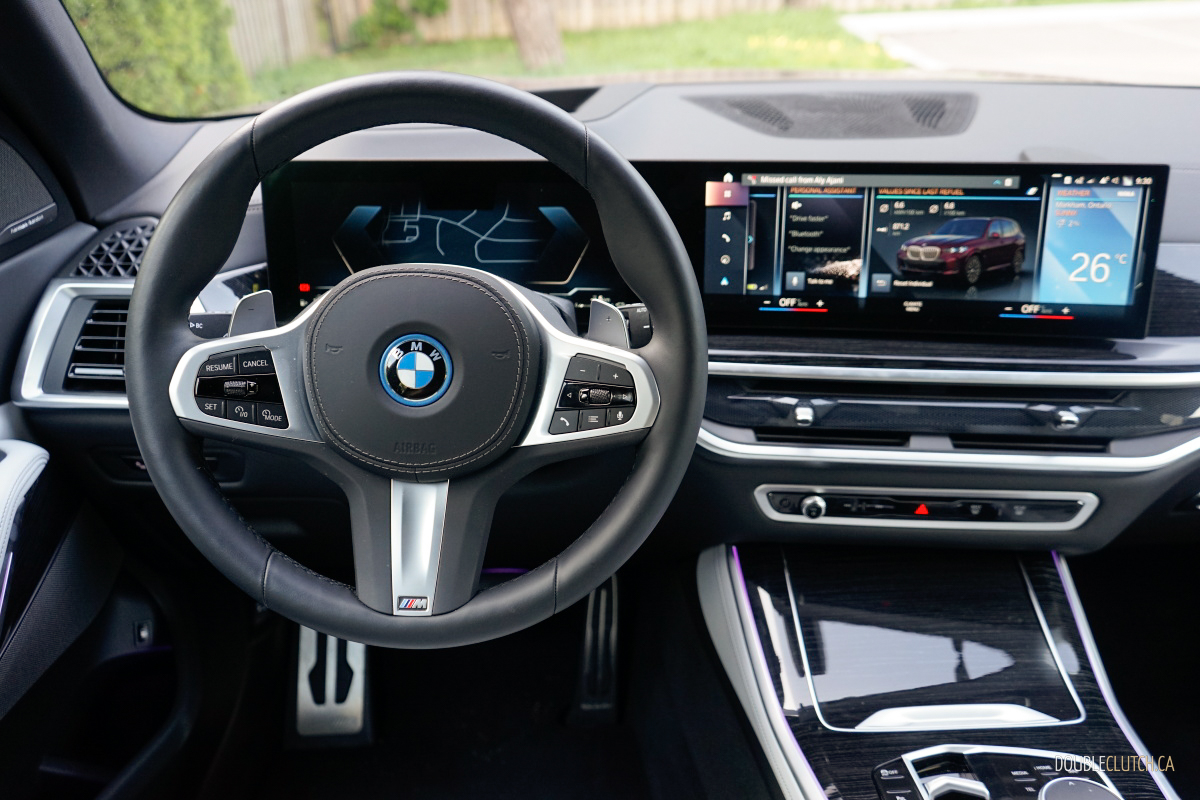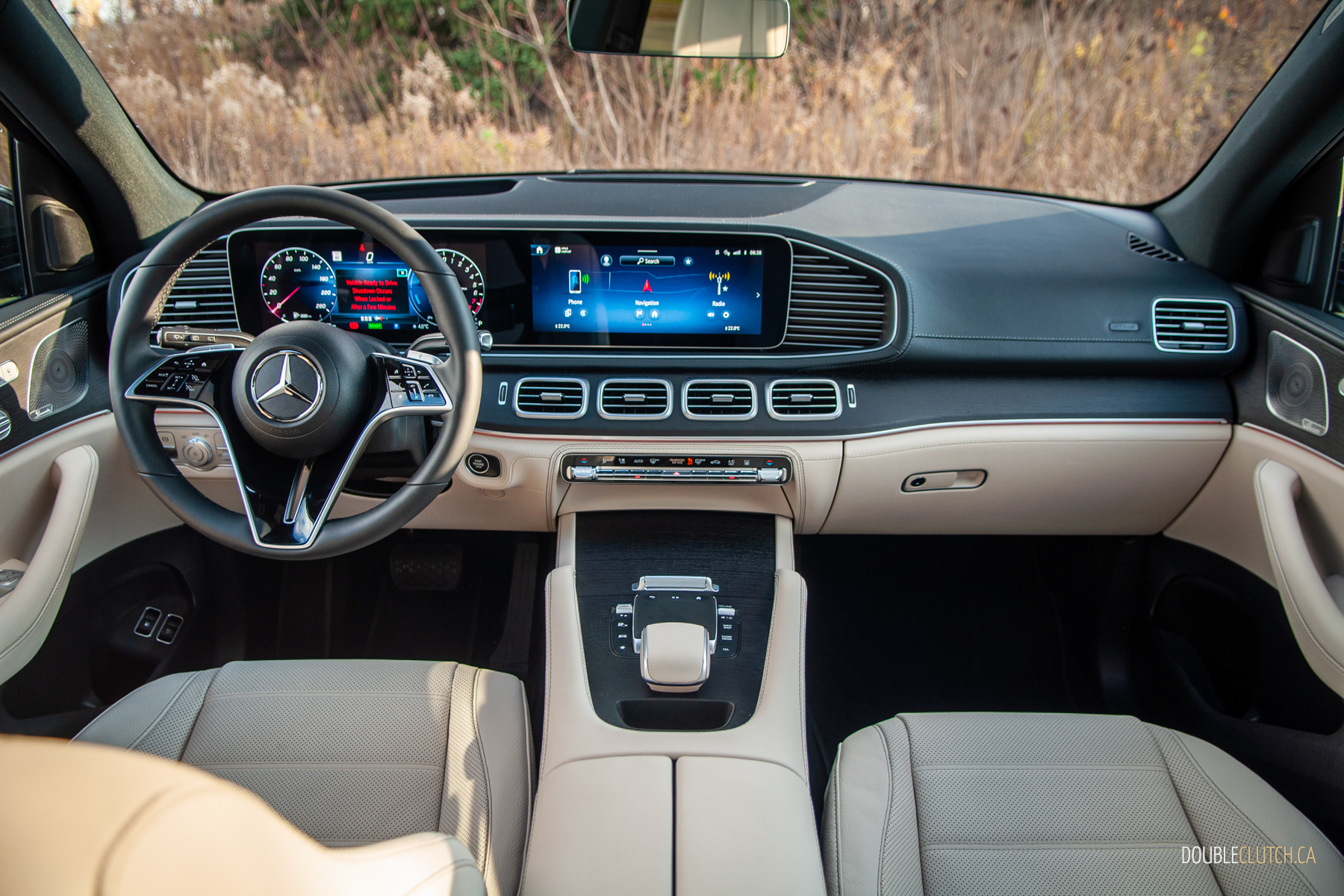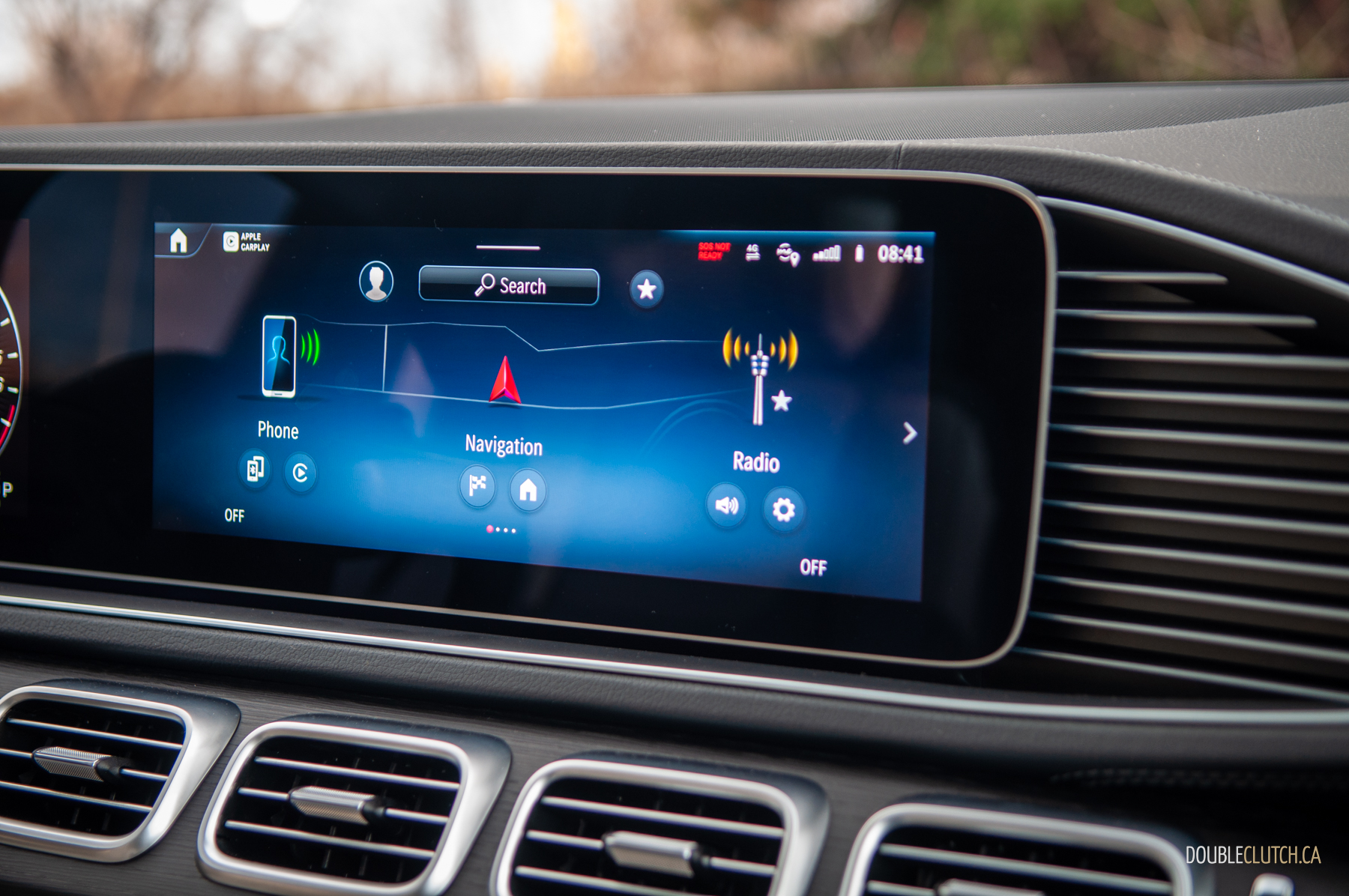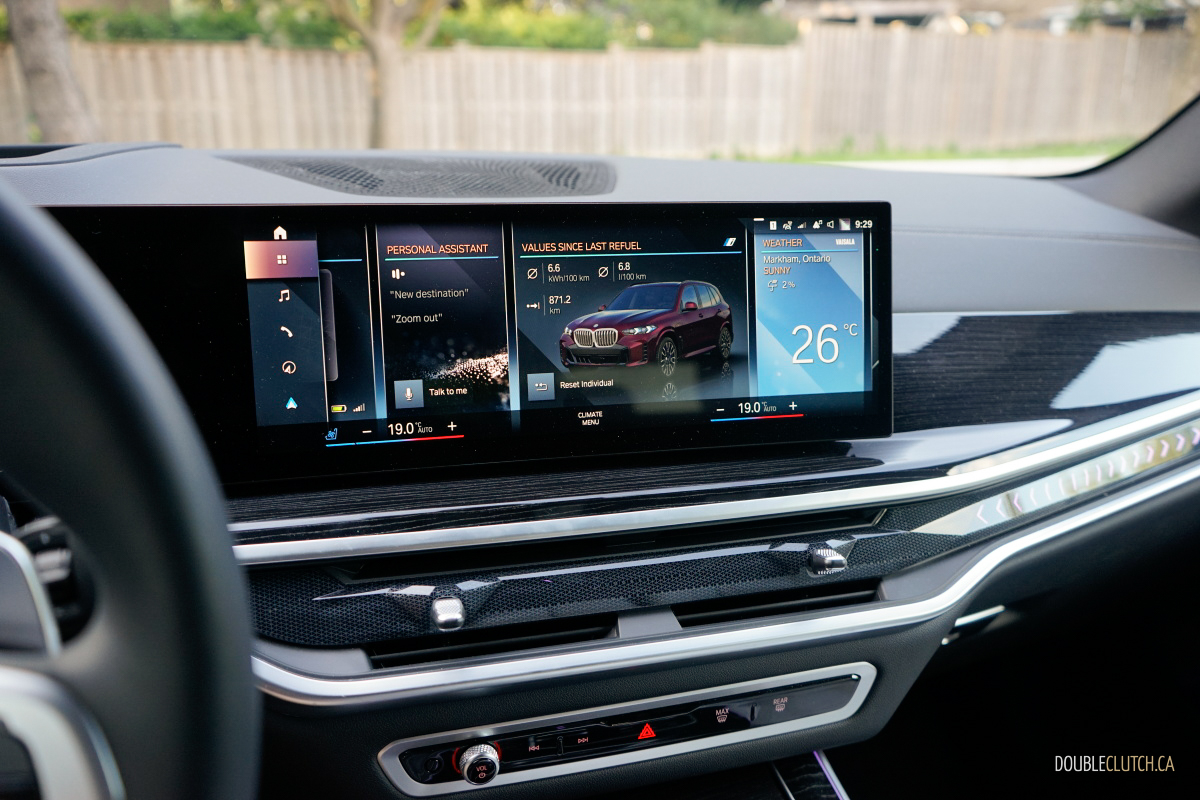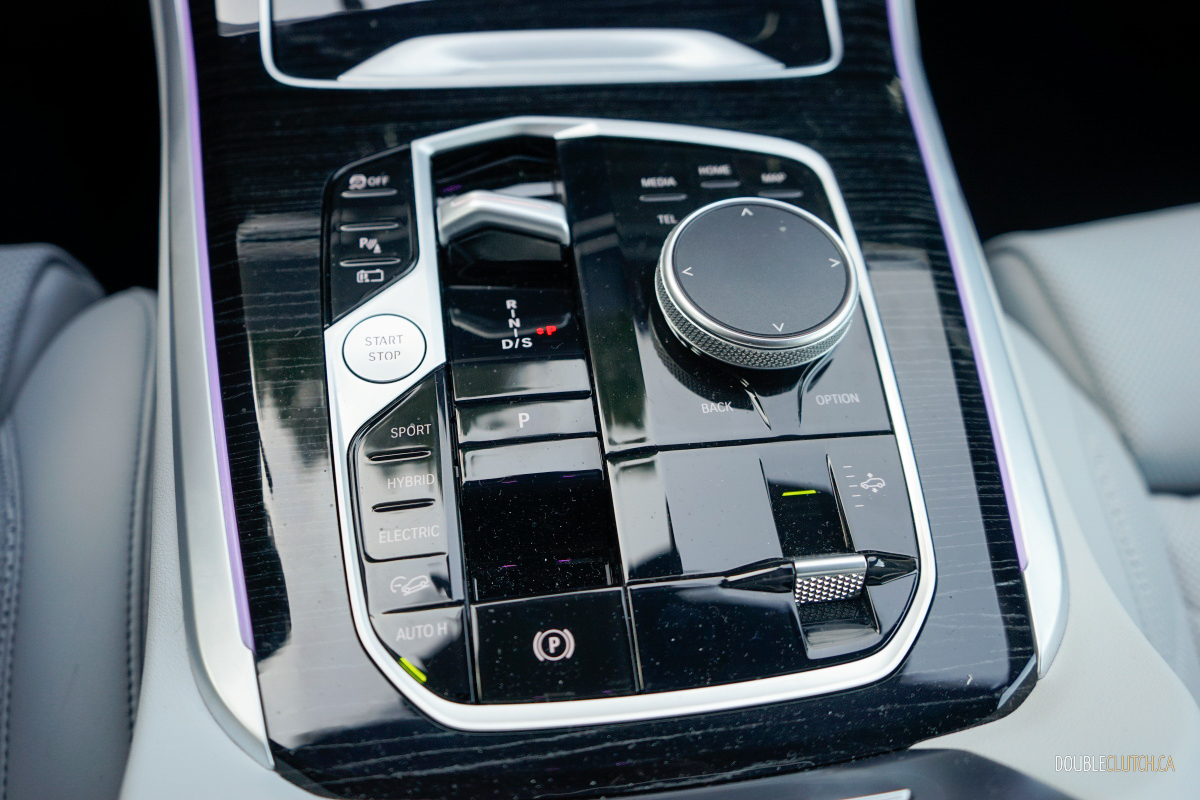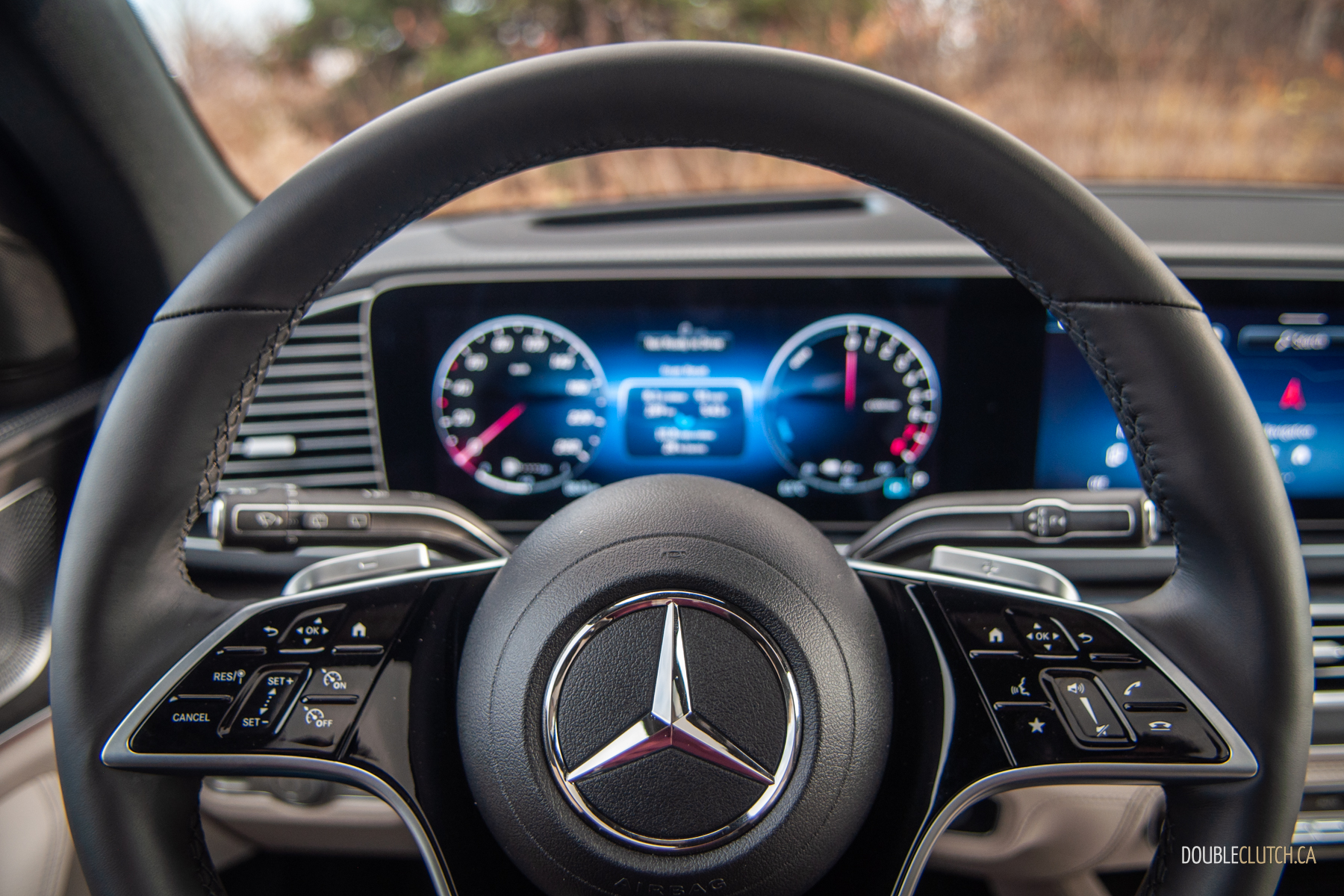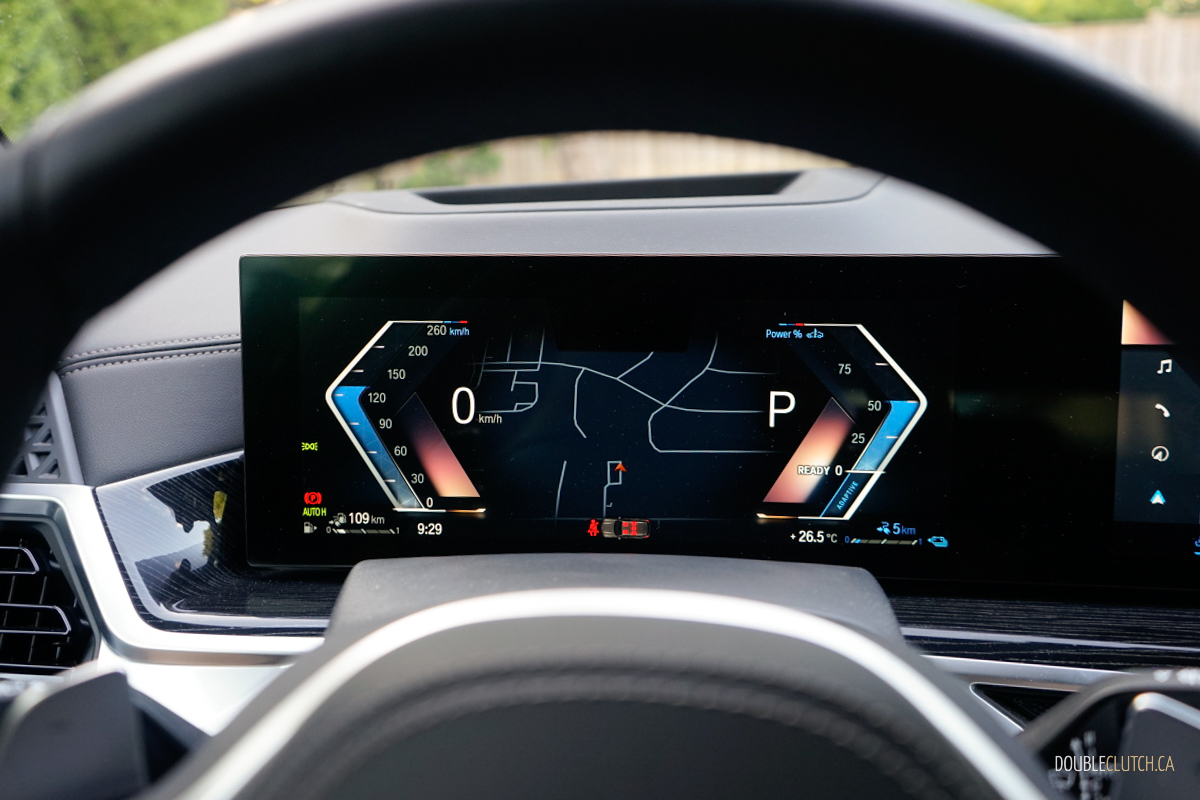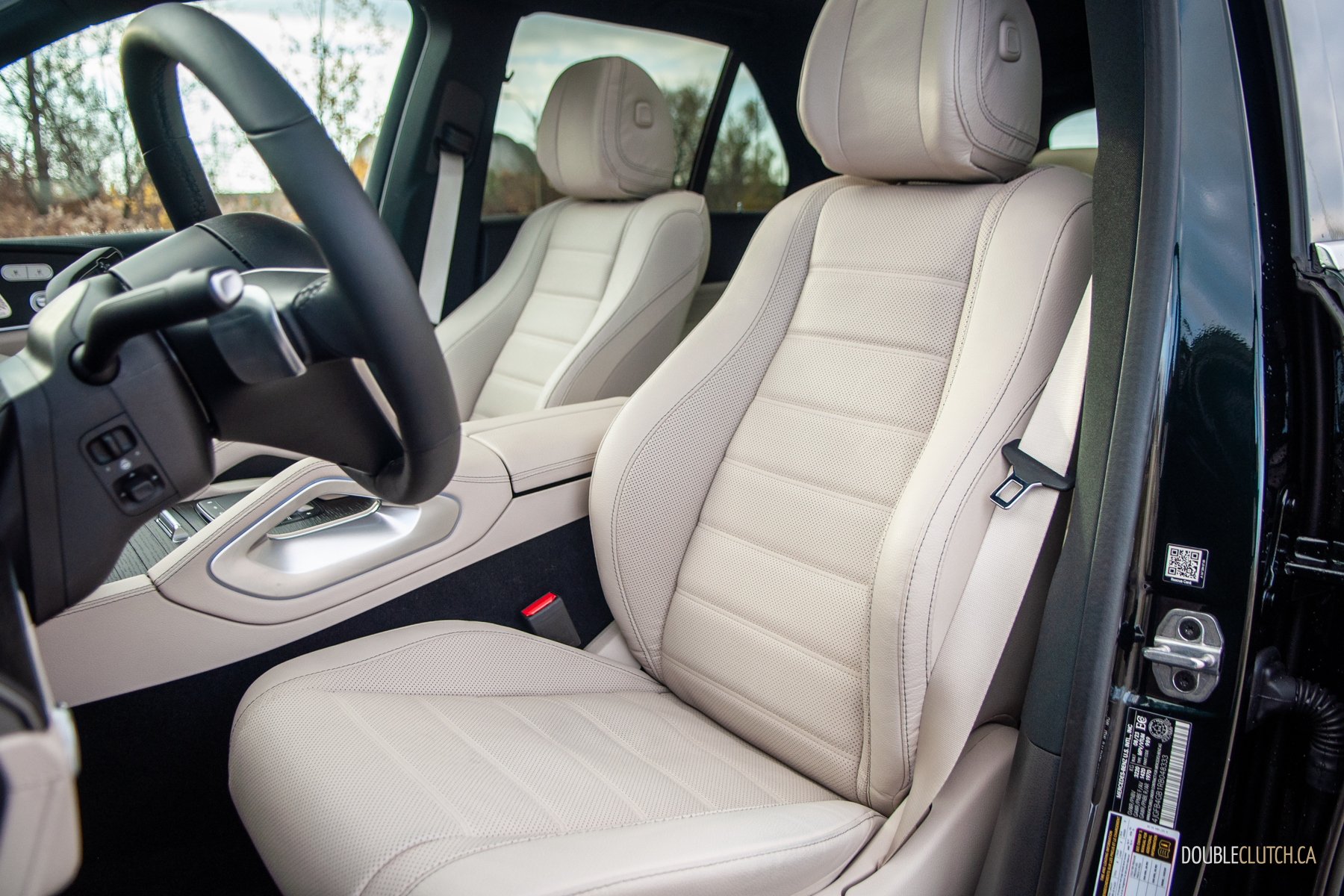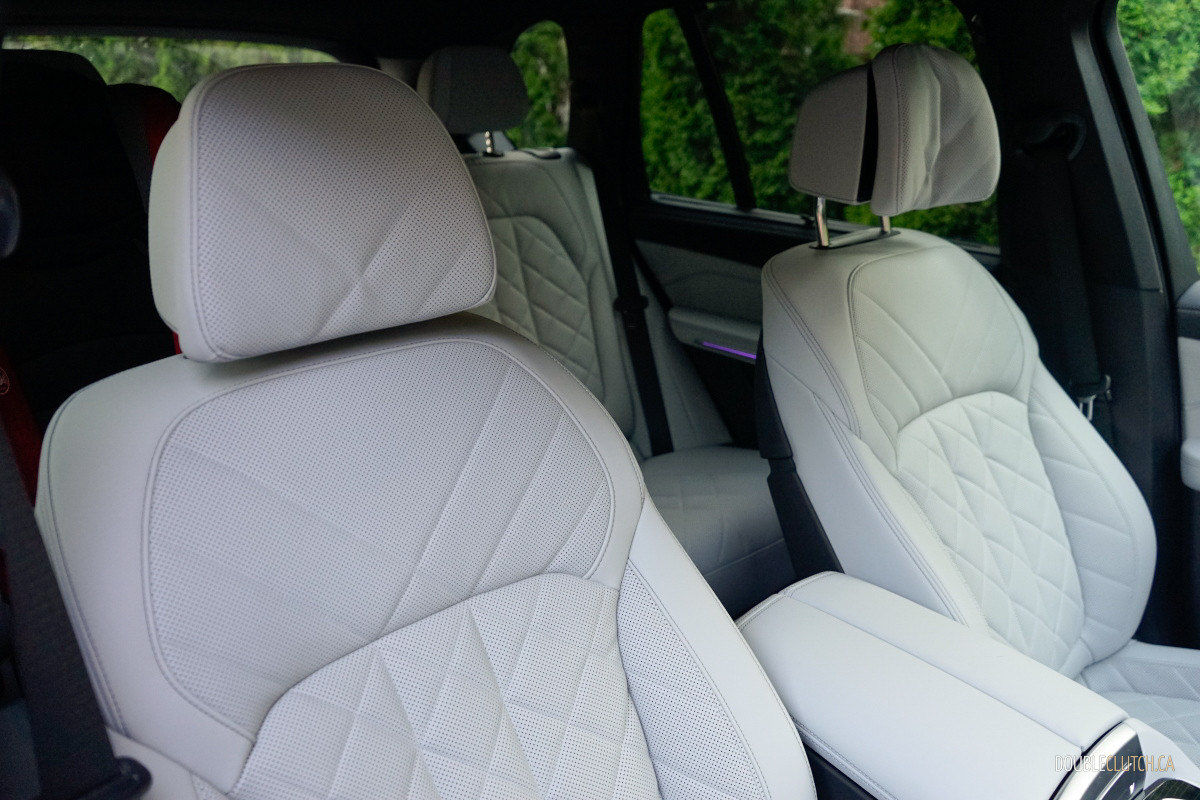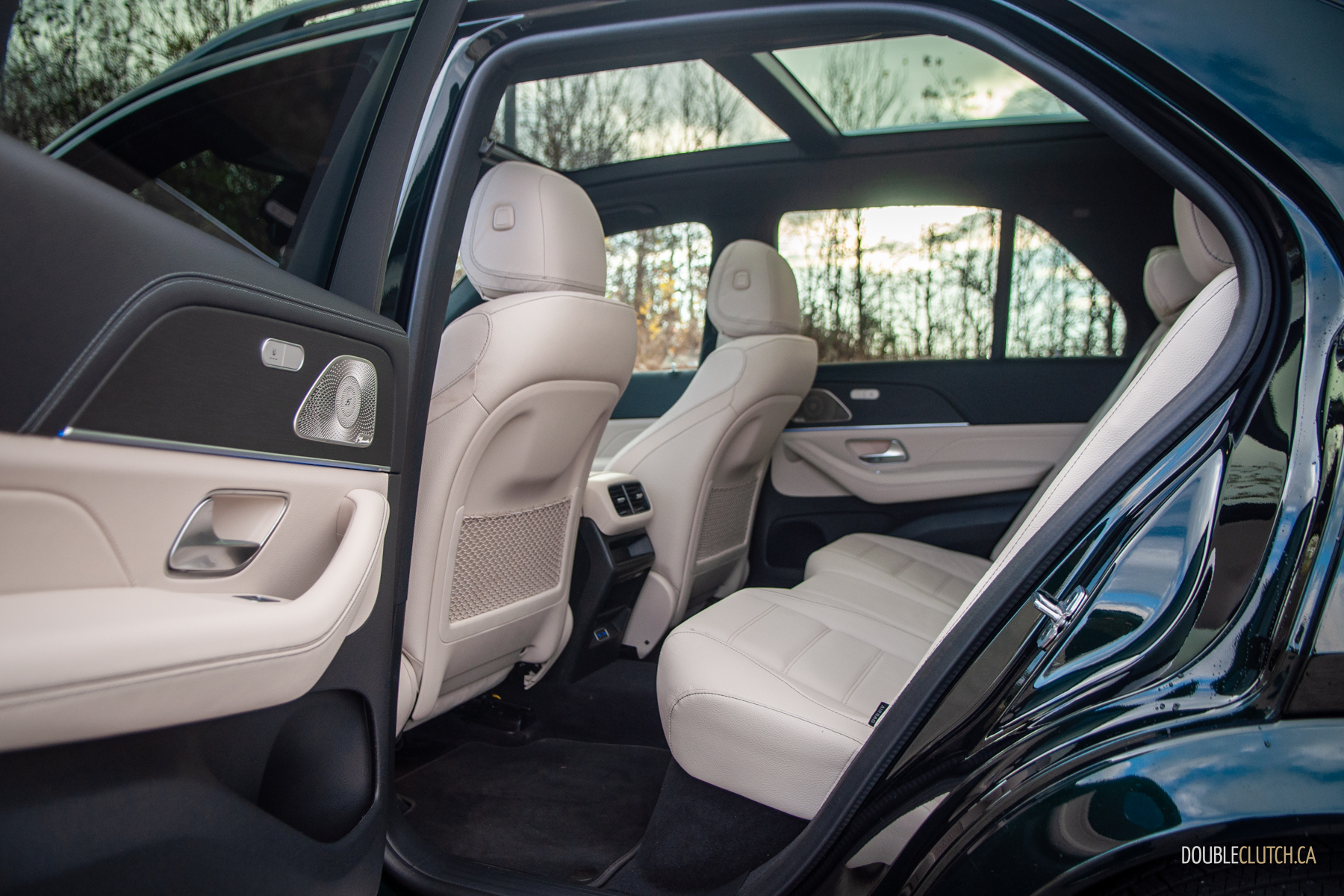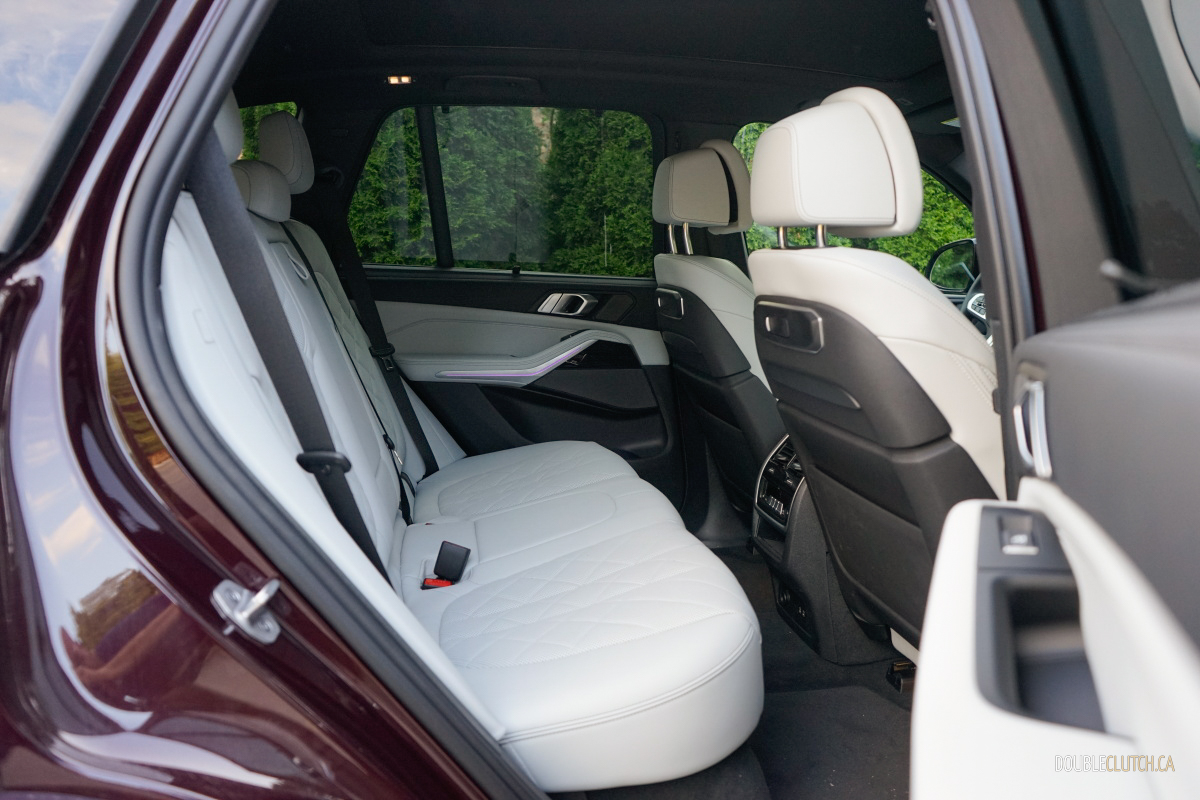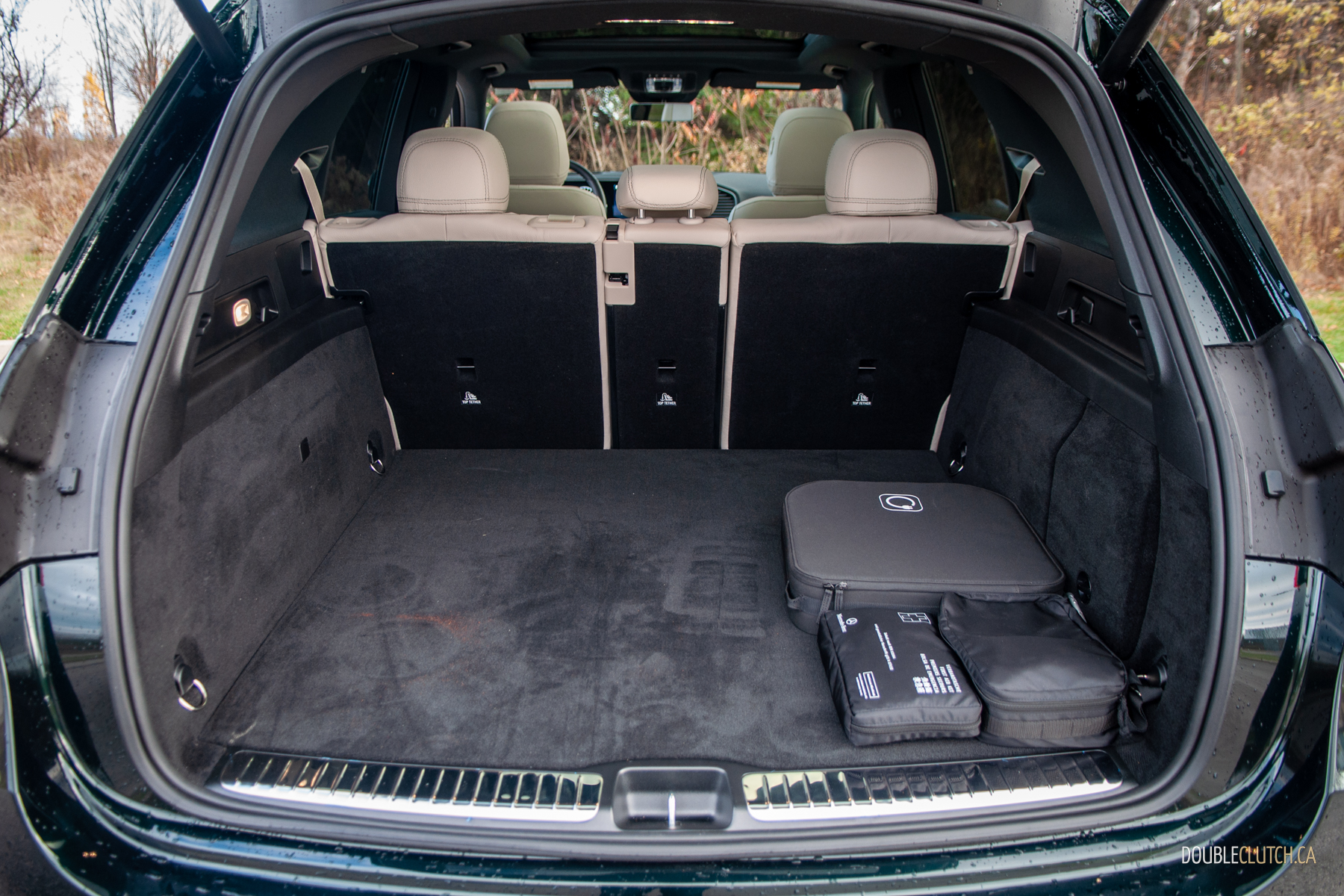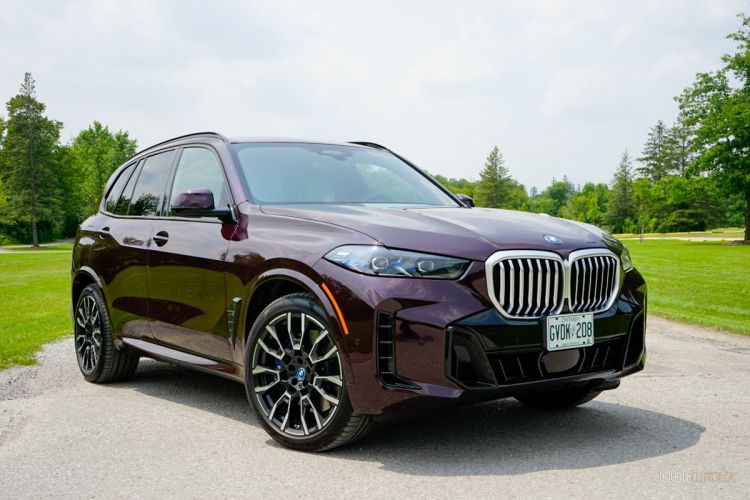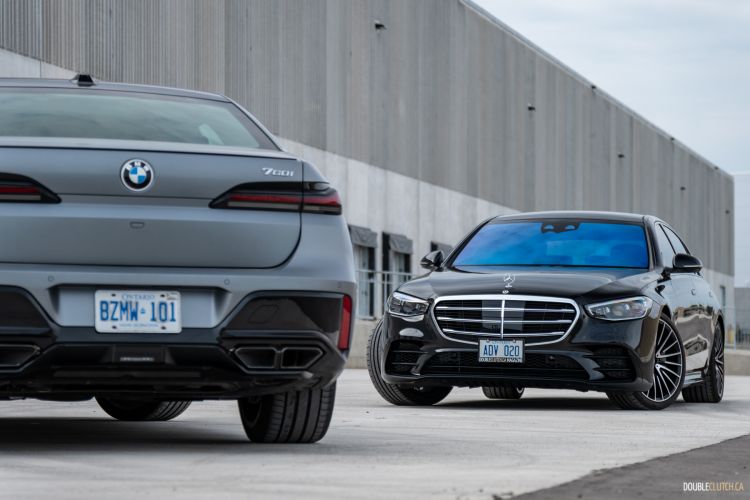BMW and Mercedes-Benz always had an “anything you can do, I can do better” type of relationship, and this extends to their midsize plug-in hybrid SUVs. The 2024 Mercedes-Benz GLE 450e PHEV does many things right; it’s stylish, efficient, comfortable, and roomy upscale family hauler. But the 2024 BMW X5 xDrive50e is all that, and simply better.
The 450e is a newcomer to the Mercedes-Benz GLE lineup, part of a refresh for 2024 that also brings updated styling in addition to the new plug-in hybrid powertrain. The tweaks are fairly subtle — you’d have to park a 2024 GLE alongside a ‘23 to really notice the reshaped grille, reworked headlights and tail lights, and new wheels. Inside, the only noteworthy update is a new steering wheel — but all that said, the GLE remains a handsome sport-ute.
Coincidentally, the X5 also receives a refresh for 2024, but BMW was more thorough with the updates. It wears the requisite cosmetic changes — new lighting, plus a nip/tuck up front and out back — along with new tech and a bunch of powertrain upgrades. On the X5 xDrive50e PHEV, that means a nearly 100-horsepower power bump and more electric range. Barring the mouthful of a name, the 50e is the most well-rounded option in the X5 lineup by a long shot.
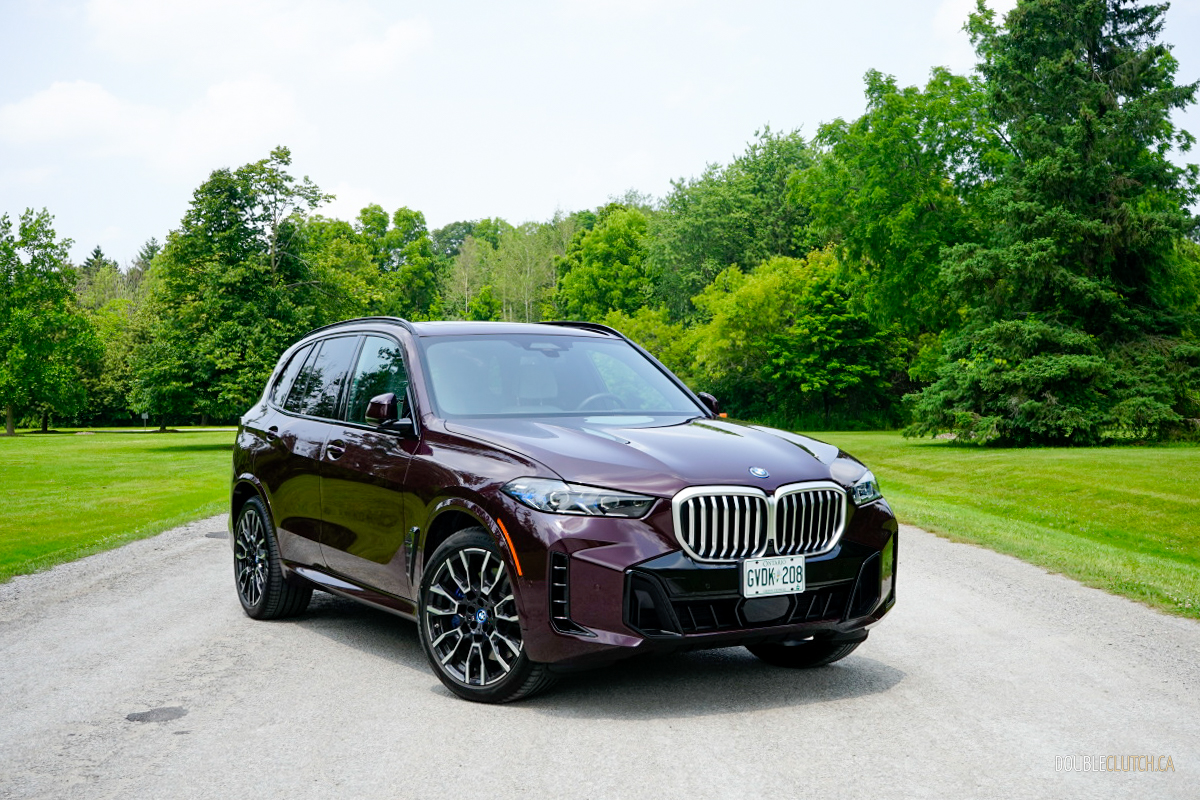
Despite these two having very similar mission statements, the GLE and X5 PHEVs take decidedly different approaches with their powertrains. The Benz starts with a 2.0-litre turbocharged four-cylinder gas engine, putting out 248 horsepower and 295 pound-feet of torque on its own. The electric side pitches in another 134 horses and heaps of extra torque, augmented by a 23.3 kWh lithium-ion battery pack. All told, the GLE 450e puts out a combined 381 hp and 479 lb-ft of torque, and can cover up to 77 kilometres on electrons alone.
BMW counters with more meat under the hood at the expense of EV range. The X5 50e starts with a turbocharged 3.0L inline-six under the hood, now running on the Miller cycle among countless other tweaks. On its own, the sixer is good for a respectable 308 hp and 331 lb-ft of torque; working with the electric motor and upgraded 25.7 lithium-ion battery, the whole setup is good for a decidedly meaty 483 hp and 516 lb-ft of torque. BMW estimates you can do up to 64 kilometres in electric-only mode, though we suspect they were a bit too modest there.
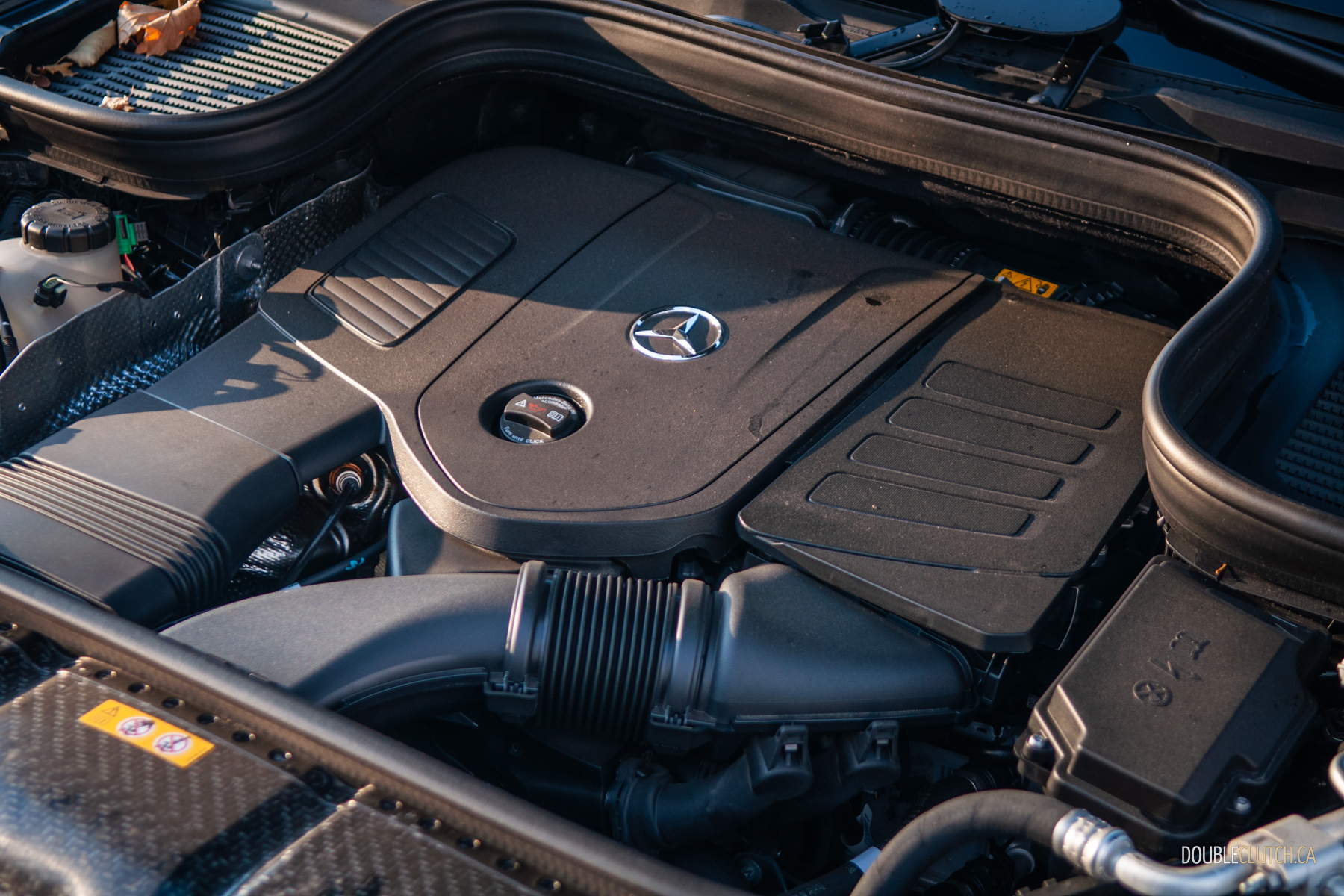
The GLE 450e is a smooth operator, though you’ll probably miss the two extra cylinders. It’s hardly slow — officially, Mercedes quotes a zero-to-100 km/h run in 6.1 seconds — and the instant shove from the electric half makes the GLE feel punchy from a dig. But when you have the merge lane all to yourself, or you need to get past that 18-wheeler and the gap in the adjacent lane is closing quickly, the GLE runs out of breath sooner than we’d expect. The GLE 53’s inline-six would’ve been perfect in this application.
Then again, if you really want a fancy PHEV sport-ute with an inline-six, just get the Bimmer. BMW says the X5 PHEV skedaddles from rest to 100 km/h in 4.8 seconds, and although we didn’t break out the stopwatch, it shows. It’ll nail almost any stoplight drag race, it won’t run out of breath on the highway, and when the inline-six wakes up, it sounds much better than the GLE’s four-popper. Unsurprisingly, that 100-horsepower advantage makes a difference. Who’da thunk it?
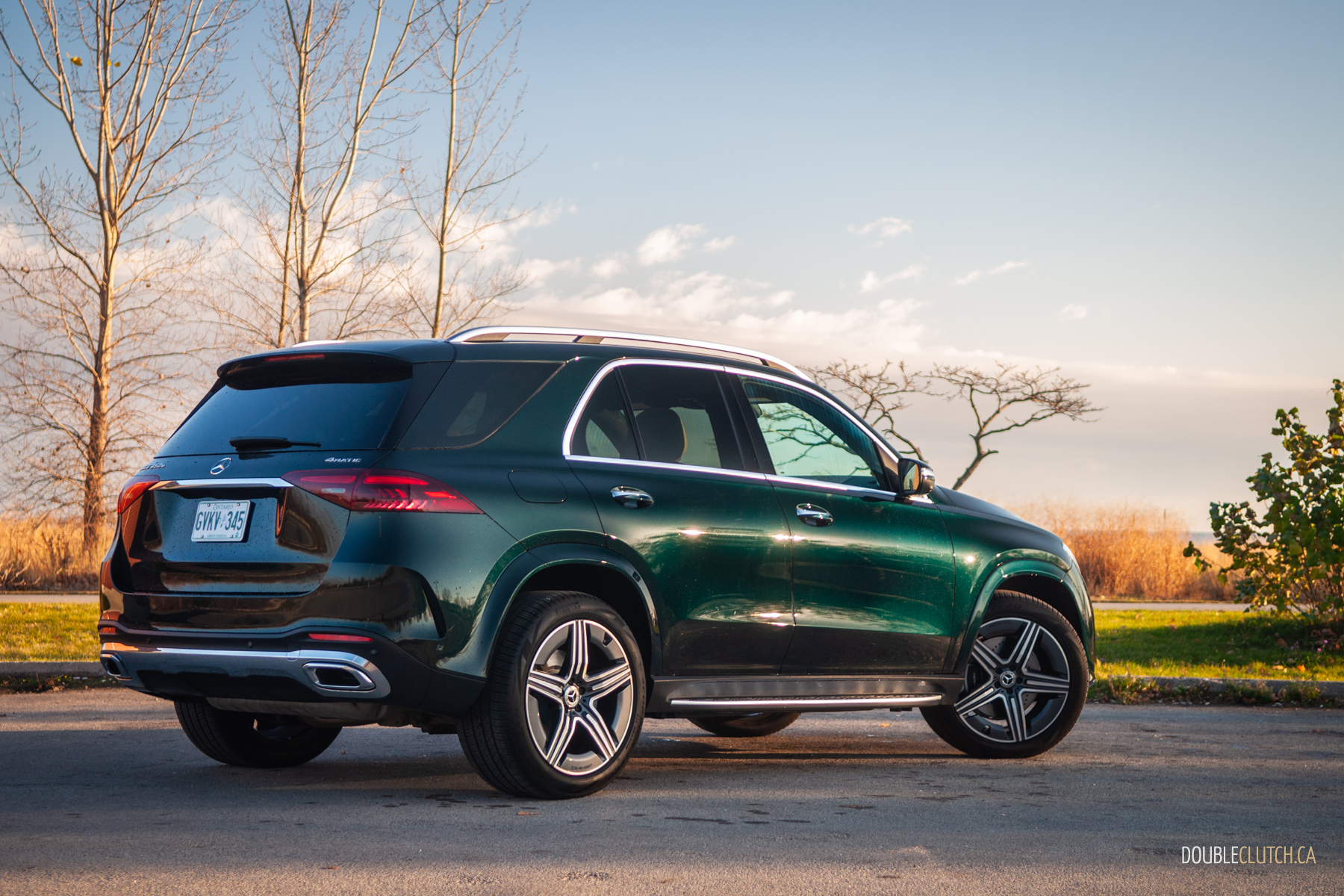
Settle down and both the GLE and X5 impress. The GLE’s nine-speed automatic is well-behaved, while the X5’s ZF-sourced eight-speed auto shifts snappy and always seems to be in the correct gear. The GLE rides a touch stiffer than the X5, though we’d hardly consider it harsh. Both do an excellent job at filtering out wind and road noise, both deliver on the whole spaceship-noises-thing if you’re into that, and both can hustle around a tight on-ramp with generous grip and surprisingly little body roll for an SUV. They’re both easy to drive around town, too, with good sightlines, cameras, and sensors all around, and plus light and accurate steering. The BMW offers a teeny bit more steering feel, if you’re into that.
One big advantage the GLE has over the X5 is on the electric end. We’ll start with the X5: we squeezed 68 electric-only kilometres out of it, four more than BMW’s official estimate. In addition to the bigger battery, the X5 PHEV also gets a faster on-board charger, now able to replenish the battery at a rate of up to 7.4 kW, up from 3.7. Hooked up to a Level 2 charger, we saw a full battery from zilch in about three and a half hours averaging seven kW, right in line with BMW’s estimates. Don’t bother with a standard 120-volt outlet; BMW quotes a 21-hour charge time using the same plug as that little fan in your garage.
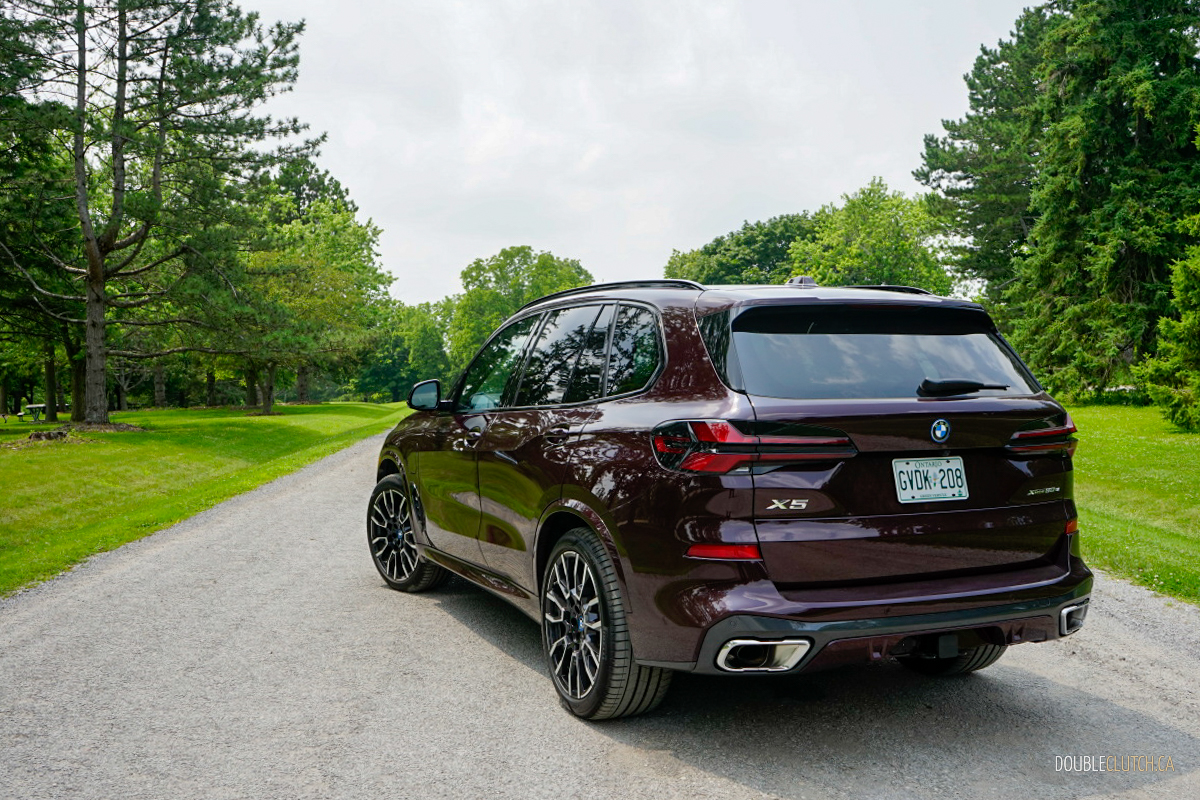
The GLE 450e counters with more electric range and an easier charge experience. We easily met Mercedes’ quoted 77 kilometres of EV range, and you can spec the GLE plug-in hybrid with DC fast charging at up to 60 kW. It’s a $650 option, but with it, Mercedes says the GLE can do a 10-to-80 per cent charge in 20 minutes. Otherwise, at Level 2 speeds, we saw a zero-to-100 charge in just under three hours. Fuel economy is a draw; both plug-in sport-utes averaged 7.8 L/100 km by the end of our testing. Solid numbers for a big luxury SUV.
Inside, Mercedes-Benz didn’t change much with the GLE. Beyond the new-for-2024 steering wheel design, everything else remains. The GLE feels like a previous-generation Benz, having not yet adopted the screen-and-piano-black-dominated layouts we’ve seen in newer Benzes like the C 43 and EQE. But that’s arguably a good thing; there’s a warmth to the GLE’s cabin, emphasizing soft textures, warm wood trim, and ease-of-use through physical switchgear and a touchpad for the infotainment. A 12.3-inch touchscreen runs Mercedes’ MBUX software, augmented by another 12.3-inch digital instrument cluster. This is a Hyperscreen-free zone; the GLE’s screens are nestled in the dash and are thoughtfully integrated.

The 2024 refresh brings BMW’s sweeping Curved Display to the X5. Gone is the deviated layout from before, replaced by a 12.3-digital gauge cluster and a 14.9-inch touchscreen under one piece of glass, as we’ve seen elsewhere. iDrive works well and you still get a rotary knob, but the new layout does sacrifice some of the previous X5’s physical switchgear on the centre stack. The X5 feels much more modern than the GLE, especially with the love-it-or-hate-it ambient light bar running across the dash. On the tech front, both are comparably equipped, with Benz and BMW throwing everything and the kitchen sink at the GLE and X5 PHEVs in terms of driver and safety assists. Both can practically drive themselves on the highway — the X5 now gets BMW’s latest Assist Plus system — although the GLE’s automated-lane-change doohickey feels more relaxed and natural.
The GLE puts up a good fight, but it can’t touch the X5 on price. Both start at roughly $90,000, but with various packages and option boxes ticked, our particular GLE 450e and X5 xDrive50e testers topped out at $102,630 and $107,000 as-tested, respectively. Yes, not only is the X5 pricier, and it’s generally almost impossible to have “German” and “value” in the same sentence. But considering the X5’s not-insignificant power bump and buttery smoothness, the X5 is the better buy.
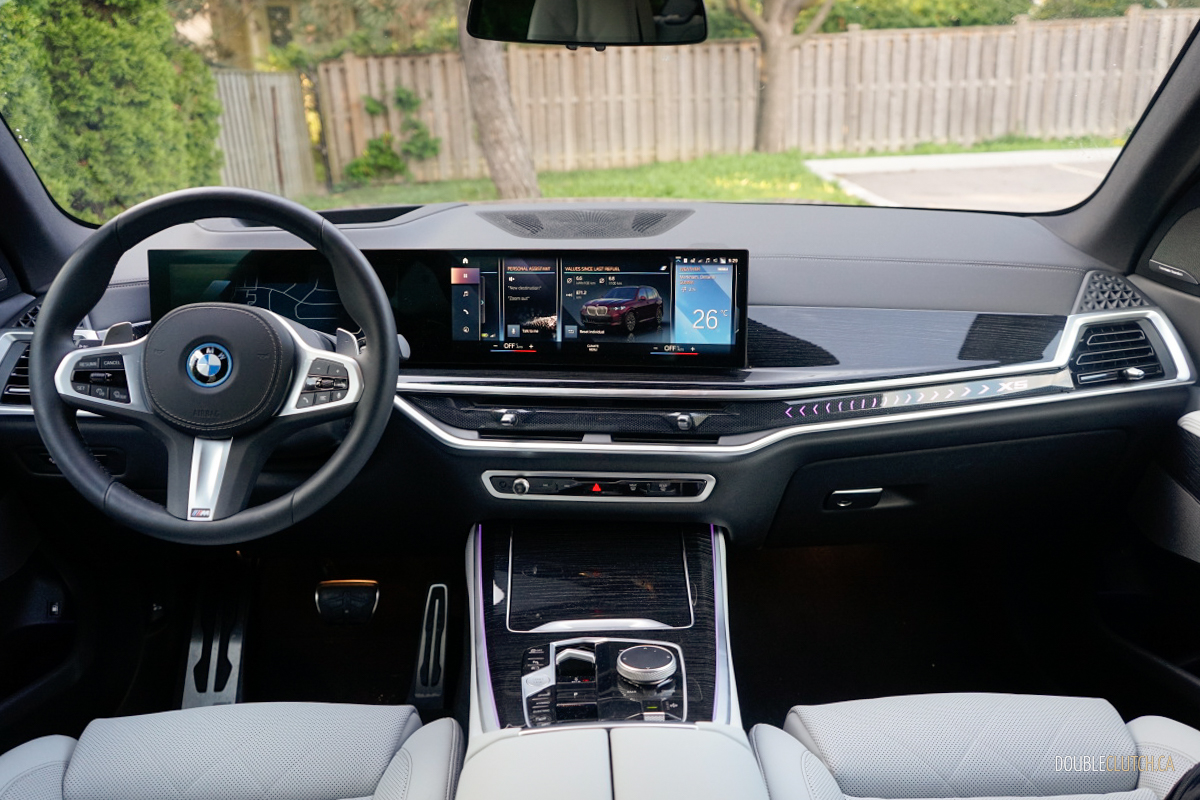
You can view a plug-in hybrids through one of two lenses. They’re either a compromise, offering nowhere near the range of a full EV plus the complexity (and emissions) of an internal-combustion gas engine. Or it’s the best of both words, with the electric side reserved for gas-free commutes and grocery runs, and the gas engine as a safety net for longer drives. Both the GLE and X5 PHEVs take the latter approach, and for the most part, it’s a dead heat — both are relatively efficient for their size, both have usable EV-only range, both are supremely comfortable, and both are plenty roomy for passengers and their junk in the trunk.
But the 2024 BMW X5 xDrive50e takes the Black Forest cake here. Its buttery inline-six and big power advantage over the 2024 Mercedes-Benz GLE 450e are worthy sacrifices for slightly less range and slightly slower charging speeds than the Benz. The X5 plug-in hybrid is quite possibly the best all-rounder not only in BMW’s lineup, but in the luxury SUV segment as a whole.
2024 BMW X5 xDrive 50e photos by Ben So

